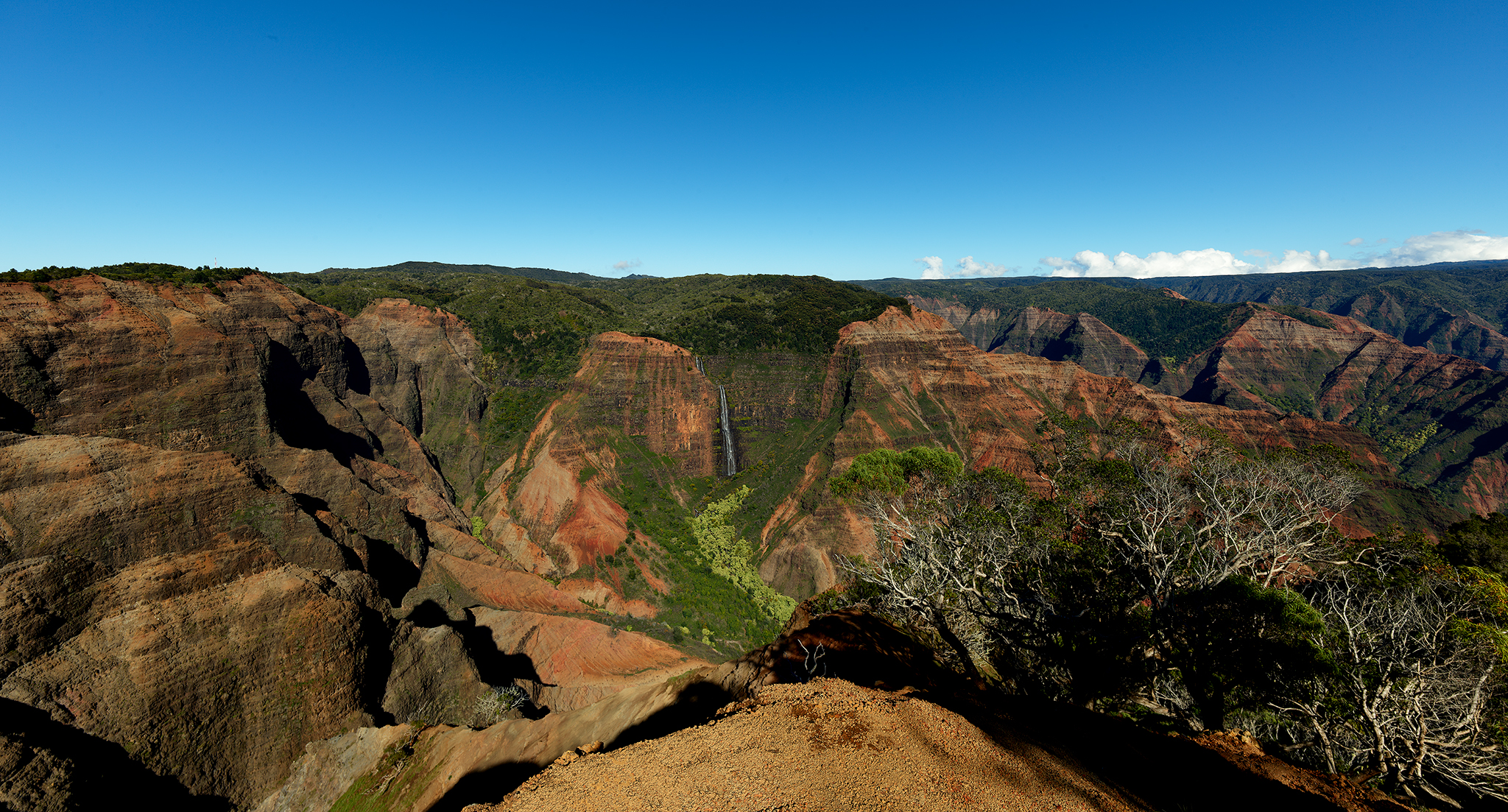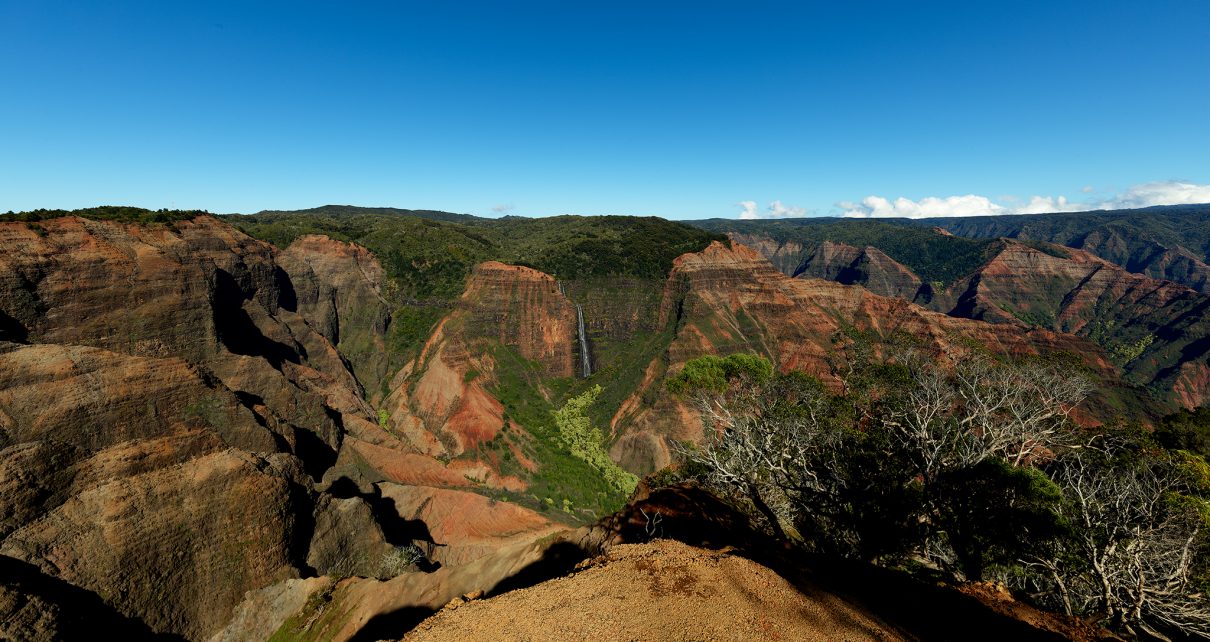The Weather in Kauai is remarkable. The micro-climates of the Waimea Canyon add to the wonder.
The two images below are of the Waimea Canyon on the Island of Kauai in the United States. They are captured late in the day on January 5th and 8th respectively. The timing choice reflects a desire to have all of the canyon walls, river floor, and Waipo’o Falls in full light. While not technically in the Golden Hour, the sun is well on its way to setting in this spot.


In order to capture both images, a photo-shoot of over 2 hours takes place each day.
In the first shot, a cool mist covers the canyon for over sixty minutes. The light is horrible. Over the next hour, the mist disappears and reappears to varying degrees.
In the second, the January sun is bright and low in the sky. The ask of myself, is to wait until the sun is behind me, low enough to create shadows and depth, and continues to light up the canyon until the last possible moment.
— Jeff’s Thoughts and Other Worthless Trivia —
Spanish Goats are residents of the Waimea Canyon. They are feral. The goats are the product of a trip to Kauai in 1792 with British Navy Captain George Vancouver.
The images above are from the PHASEONE IQ4 150 digital back. Two types of camera and lenses are part of the solution. The implication is a different perspective and image size is captured, despite taken from the exact same location.
For the top image, the PHASEONE XF camera body and PHASEONE\Schneider 35MM Blue Ring Lens is in play. The capture is with manual settings: F11, 1/320th, ISO 200 Dual Exposure Electronic capture.
For the bottom image, the Cambo WRS5000 Technical camera body and Rodenstock 32MM Copal lens is in play. The capture is with manual settings: F11, 1/400th, ISO 100 Dual Exposure Electronic capture with White Card Balance. Three images are part of the capture as the Technical Camera adjusts – Center, 10MM left and 10MM right.
A key ingredient to success with the two-shoots is the presence of a tripod. These shoots use an Arca Swiss Geared Tripod Head and Gitzo Carbon Fiber Tripod. The shot location is on stable reliable ground but is on a perch with a precipitous drop of 3,000 feet available for immediate experience.
